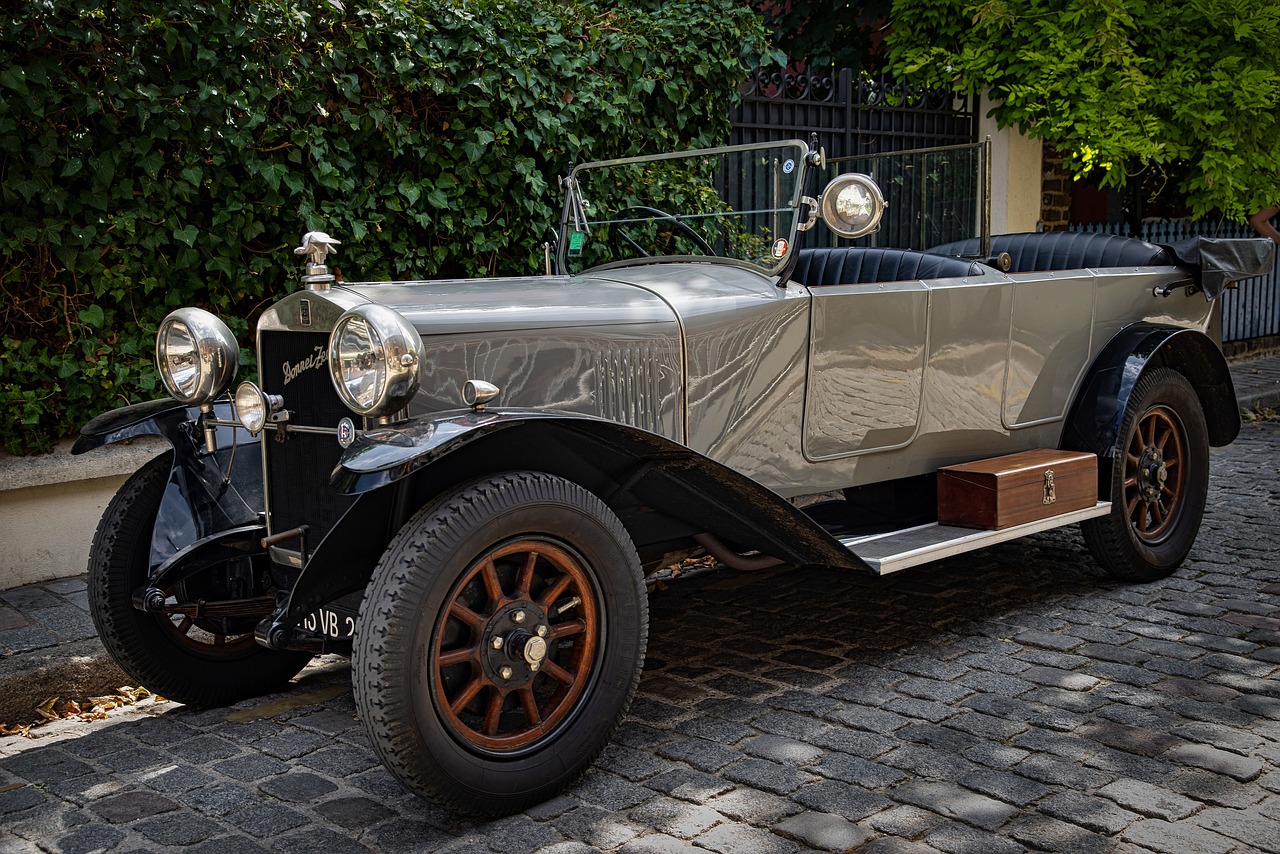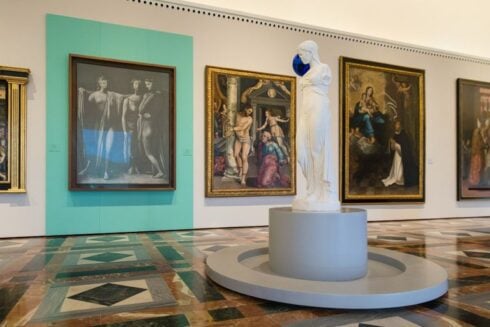From the early days of horseless carriages to the sleek, high-tech vehicles of today, the evolution of automobile culture is a fascinating story of innovation, adventure, and societal change.
Over the past century and more, cars have gone from being luxury items reserved for the elite to essential components of daily life for millions around the globe. This journey through history not only traces the development of the cars themselves but also explores the profound impact they’ve had on everything from urban planning to pop culture.
For a real experience, platforms like Dyler offer a unique opportunity to discover and perhaps even add to their collection of vintage and exotic automobiles. Join us on this journey as we explore the milestones that have influenced our passion for cars.
The Birth of the Automobile
The story of the automobile begins in the late 18th century with the invention of the steam-powered vehicle. In 1769, Nicolas-Joseph Cugnot, a French inventor, built the first self-propelled mechanical vehicle. While it was not practical for everyday transportation, it laid the groundwork for future developments.
The true breakthrough came in the late 19th century with the internal combustion engine. Karl Benz, a German engineer, created the first practical automobile in 1885. His Benz Patent-Motorwagen was a three-wheeled vehicle powered by a gasoline engine.
Around the same time, other inventors like Gottlieb Daimler and Wilhelm Maybach made significant strides in automobile design, contributing to the foundation of the modern automotive industry.
Early 20th Century: Mass Production and Accessibility
The early 20th century saw rapid growth and innovation in the automotive industry. One of the most significant milestones was the introduction of mass production techniques by Henry Ford. In 1913, Ford revolutionized the industry with the assembly line production of the Model T.
This innovation drastically reduced manufacturing costs, making cars more affordable and accessible to the general public. The Model T became a symbol of the democratization of the automobile, bringing personal transportation within reach of millions.
By 1927, over 15 million Model Ts had been sold, solidifying Ford’s place in automotive history. This era also saw the rise of other major manufacturers like General Motors and Chrysler, who began to offer a variety of models catering to different tastes and needs.
The Golden Age: 1950s and 1960s
The post-World War II era is often called the “Golden Age” of automobiles. During the 1950s and 1960s, the automotive industry experienced unprecedented growth and innovation. This period was marked by bold designs, powerful engines, and a sense of freedom and adventure associated with car ownership.
In the United States, car culture became a significant part of the American Dream. The open road symbolized freedom and opportunity, and cars like the Chevrolet Bel Air, Ford Thunderbird, and Cadillac Eldorado became icons of the era. Automobiles were not just a means of transportation; they were status symbols and expressions of personal identity.
International Influence
While the United States dominated the automotive scene in the early 20th century, other countries also made significant contributions. In Europe, manufacturers like Mercedes-Benz, BMW, and Volkswagen established themselves as leaders in quality and innovation.
The Volkswagen Beetle, introduced in the late 1930s, became one of the best-selling cars of all time, symbolizing practicality and reliability.
In Japan, companies like Toyota, Honda, and Nissan began to gain prominence in the 1960s and 1970s. Japanese manufacturers focused on producing small, fuel-efficient cars that appealed to a global market. The oil crisis of the 1970s further boosted the popularity of these vehicles, as consumers sought more economical alternatives to American cars.
Technological Advancements and Environmental Awareness
The late 20th century brought significant technological advancements and growing awareness of environmental issues. The development of electronic fuel injection, anti-lock brakes, and airbags improved safety and performance.
The introduction of hybrid and electric vehicles in the late 1990s and early 2000s marked a shift toward more sustainable transportation options. Environmental concerns led to stricter regulations and a focus on reducing emissions.
The automotive industry responded with innovations like catalytic converters and more efficient engines. This period also saw the rise of new players like Tesla, which pushed the boundaries of electric vehicle technology.
The Digital Revolution and Autonomous Vehicles
The 21st century brought the digital revolution to the automotive industry. Advances in computer technology and connectivity transformed cars into sophisticated, networked devices. Features like GPS navigation, infotainment systems, and advanced driver assistance systems (ADAS) became standard in many vehicles.
One of the most exciting developments of this era is the advent of autonomous vehicles. Companies like Google, Uber, and traditional automakers are investing heavily in self-driving technology, aiming to create a future where cars can drive themselves.
While fully autonomous vehicles are not yet common on the roads, ongoing research promises to revolutionize transportation in the coming years.
Cultural Impact of Automobiles
The cultural impact of automobiles is profound and touches nearly every aspect of daily life and societal development. Cars have transformed the way people live, work, and interact, influencing urban planning, social structures, and even the arts.
Key cultural impacts of automobiles include:
- Suburbanization: The rise of affordable cars allowed families to move out of crowded urban centers and into suburban neighborhoods, leading to the development of sprawling residential areas, shopping malls, and highways.
- Status and Identity: Cars are powerful symbols of status and personal identity. Ownership of luxury or classic cars can convey wealth, style, and sophistication, with enthusiasts often viewing their vehicles as extensions of their personality and taste.
- Influence on Media: Automobiles feature prominently in various media, from James Bond’s Aston Martins to the animated adventures of Lightning McQueen in “Cars,” influencing fashion, architecture, and video games.
- Environmental Awareness: The negative effects of automobile emissions have sparked movements for sustainable transportation and stricter regulations, driving innovation in green technologies such as electric and hybrid vehicles.
- Tourism and Leisure: The ability to travel independently has led to the growth of tourism and leisure industries, making road trips and travel a significant part of cultural experiences.
- Community and Enthusiasm: Car shows, auto races, and enthusiast clubs foster a sense of community among car lovers. Events like the Indianapolis 500 and the Monaco Grand Prix attract millions of spectators and participants, celebrating automotive achievements and shared passions.
Conclusion
The future of the automobile is speeding toward us, with electric vehicles, self-driving cars, and even flying cars on the horizon. One thing remains certain: the automobile’s impact on society is undeniable.
As we move forward, this journey through automotive history reminds us that cars are more than just machines, they’re testaments to human ingenuity, expressions of style, and powerful symbols of freedom and progress.










